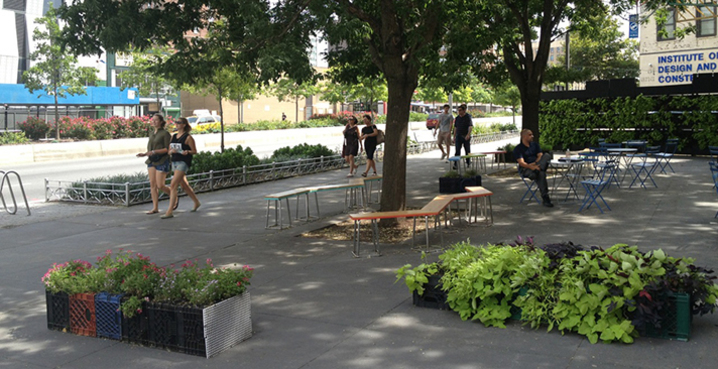Riding the bus through
central London recently it struck me how repetitive many of the commercial streets are.
A product of globalisation, much of the shops you see are identical to those
you saw two streets over; big stores and big brands. But what about the small
shops and local businesses that once lined these streets? Has the (relatively)
recent emergence of malls had an impact on the culture of traditional high
street shopping in London?
Malls grew out of shopping arcades and by the 1960s the first 100+ store ‘mega
malls’ were beginning to open in places like North America. Today malls are
even bigger, with the West Edmonton mall in Canada housing some 800+ stores,
and even bigger malls planned for Dubai and parts of SE Asia. But why the mall?
They offer convenience and a ‘one-stop-shop’ atmosphere. They have a variety of
different stores and items all in one place, often with much better mobility
and parking facilities than high streets can provide. They often include entertainment
elements such as cinemas, bowling alleys, and prize giveaways, and the food
courts also provide a place to fuel up. In suburbia they can be a kind of
town-centre for places without a town-centre. Perhaps we like to escape to the
comfort of a climate-less, place-less space that we know will be almost
identical wherever we are?
In London two large scale malls have opened in the late 2000s under the
Westfield brand; one in White City, and one in Stratford East. In London terms
these areas are practically binary opposites. One is west; one is east. One is rich;
one is (historically) poorer. One has a more international population, and one
contains more Londoners. And yet, when you step inside the Westfield mall you
would almost be unable to tell which one you were in, and perhaps even unable
to recognise yourself as being in London. The same aesthetic meets your eye,
the same sounds and smells meet your ears and nose, and the same shops and products
are on offer. And that is their appeal. They are identifiably and comfortably
essentially the same.
I think this influence
in shopping culture is partly to blame for the change in London high streets.
This idea of the convenience of the ‘same’ being accessible on every street has
allowed the big stores and big brands to dominate. But I see a fight-back coming. I think this
globalised mall-type shopping is bland and artificial. I think people like the
diversity of shops, they like supporting small business, and perhaps even
prefer wandering around the long high streets to the ‘convenience’ of the
shopping centre (which can also involve lots of walking anyway!). High streets
are more intimate, more local, and more ‘authentic’, and particularly fitting
for a city as diverse as London. The
recent closing down of HMV stores in England is a sign of things changing. Perhaps a move away from globalised shopping
is coming, and a more localised landscape is set to return. Perhaps in the
modern city a hybrid of the two is the kind of shopping environment we can
expect; something ‘glocalised,’ if you will. I hope London’s high streets don’t
lose their soul, and I think this is definitely a trend worth watching.


